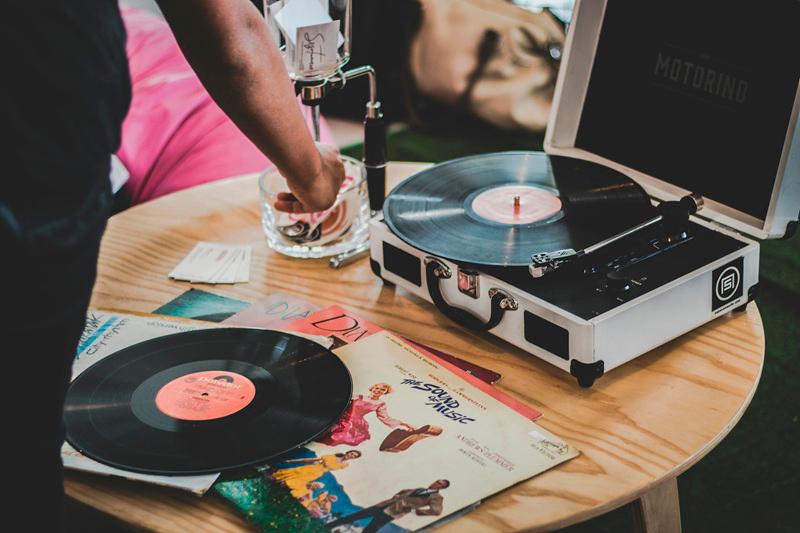IF you are new to turntables and the hobby of record collecting, one of the most important things in your setup is the
stylus – or record needle in common parlance.
First things first
In layman terms, a record stylus is a tiny diamond tip that converts the grooves on a vinyl record into sound. Attached to a cartridge on a tonearm, the stylus is responsible for the amount of musical information (or data in more modern parlance) picked up and then translated into sweet analogue sound by the rest of your
audio system.
Like tyres on a car, it is the item that makes contact with the relevant surface – in this case, a vinyl record. It is not an understatement to claim that the stylus is the most essential component on a turntable.
MM or MC
Styluses are attached to phono cartridges and these generally fall into two categories – moving magnet or moving coil.
The former sees a small magnet attached to the stylus cantilever, which moves within a fixed set of coils. As the stylus follows the grooves of a record, the magnet vibrates, inducing a current in the coils and generating an electrical signal. This signal is then amplified to produce audible sound.
Moving coil designs use coils attached to the internal end of the cantilever that flutters correspondingly with the stylus/cantilever in the magnetic field of a nearby fixed magnet (or permanent magnet). The motion of the coils is what generates the electrical signal sent by an
MC cartridge.
The MM design is simpler to execute in production, thus they tend to be more affordable and have user-replaceable styluses.
Stylus lifespan
Just like tyres on a car, a record player stylus will wear out. Generally, a stylus has a lifespan of 1,000 hours of playback time.
Newbies to the hobby should estimate their listening time per week. This will allow a rough calculation as to how often the stylus will need replacing, enabling them to plan ahead budget-wise.
Question of balance
Balance is key. There is little point pairing a pricey turntable with a budget cartridge. The same logic applies vice versa – cheap turntable with an ultra-expensive stylus.
Pick something that matches the turntable. Read reviews to get a better feel for the item. Better yet, ask for a demo if possible. Some audio stockists do have test cartridges to allow customers to compare and contrast.
Software vs hardware
It is important to figure out how much you want to spend on this hobby. For some, it is all about listening to music and buying vinyl records will be the whole point of the exercise.
For others, quality reproduction is hugely important as that may be the reason why they decided to dip their toes into this admittedly expensive hobby. Otherwise, they would have just stuck to streaming compressed files via a bluetooth connection – cheap and convenient. So, you should decide what your goal is.









